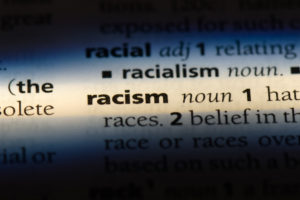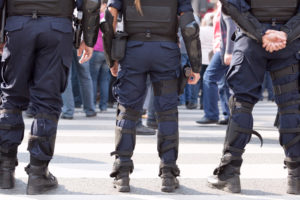What is a life worth? How much do bike paths cost? What is a life in a wheel chair with a brain injury worth? How much does a good crosswalk warning light system cost? Health, injury death and money are three apples and one elephant.
That is what I was thinking as I read the excellent article "Honolulu has plans, lacks funds to add 40 miles of bike paths – No funds available now, but backers remain hopeful" by Mary Vorsino Advertiser Urban Honolulu Writer.
What are the costs of having a bike rider in their 20s paralyzed after colliding with a car? I can tell you _ because that is what I do for my job _ it is millions of dollars. Yes, millions of dollars for one paralyzed bicyclist. $5 million is a conservative cost to taxpayers for a paralyzed person.
So how much does 40 miles of bicycle paths cost? Ms. Vorsino cites the number of $57 million over 20 years. That less than $3 million per year. One less paralyzed biker a year could save taxpayers $40 million. Sorry to use math and logic. Our politicians hope against hope that we won’t add up the numbers. That paralyzed biker is a human tragedy. And in addition to the tragedy to the biker and the biker’s family, taxpayers will most likely pick up the tab for the future costs of taking care of this person.
The money cost is the least of it. Do you know anyone who has a traumatic brain injury or someone who is paralyzed? Hell is the only word I can come up with to describe it. Or what about the family trying to pay the bills after losing the wage earner? Qualifying for welfare is the best economic news the family will get. You know what really gets to me is that bike paths save the taxpayer money but more importantly give life back to the bicyclist and her or his family. The statistics are grim across the country: Bicycle Riders Face Grim Statistics Of Injury Or Death In Hawaii
A bicycle rider is 3.4 to 11.5 times as likely to die than a car or truck driver per mile.
The Advertiser story quotes Justin Fanslau, of Hawaii Pedal Power:
Justin Fanslau, of Hawaii Pedal Power, said simply making the right lane on streets a little wider to accommodate bikes would make a big difference. He added that’s the kind of thinking he’s seeing among city and state engineers. But he also said the island still has a long way to go to being bike-friendly.
"For 70 years, all over this country, we’ve been building communities to suit the automobile," he said. "I would say the biggest, saddest thing to me as a bicyclist is that you can’t bike safely everywhere in a state that is sunny all day, almost every day."
You can read details about the plan at OahuBikePlan.org. The public can comment on the project at the Web site until Aug. 31.

A resident of Honolulu, Hawaii, Wayne Parsons is an Injury Attorney that has dedicate his life to improving the delivery of justice to the people of his community and throughout the United States. He is driven to make sure that the wrongful, careless or negligent behavior that caused his clients' injury or loss does not happen to others.











Comments for this article are closed.